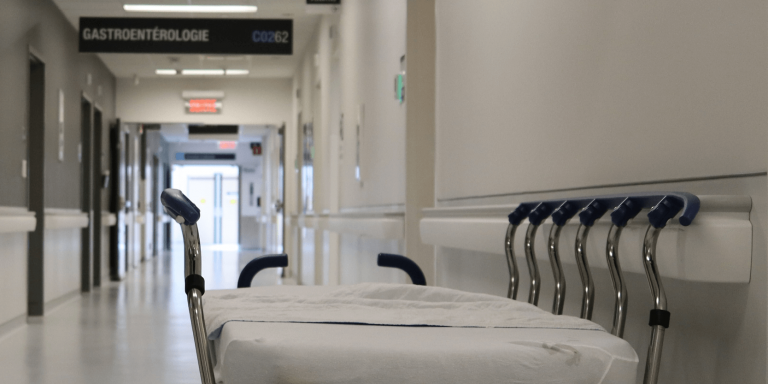
Since 2016, patients who have provided an email address to the healthcare facility, hospital or clinic where they were treated, receive an email a fortnight after their discharge containing a link to an optional online experience and satisfaction questionnaire: e-satis. At the end of the 63-question survey, participants are invited to leave a free comment. The French National Authority for Health (HAS) has used AI to analyze 2.4 million of them.
It is common for a facility to offer patients at the end of their hospitalization to fill out a form before they leave in order to improve the quality of care. In 2016, the HAS launched the e-Satis questionnaire with the same objective but also to assess their experience during the different stages of their care journey, from reception, through care (listening, pain management), room comfort, proposed menus, to the organization of discharge. The patient can participate for 10 weeks after discharge, after which the link to the questionnaire expires.
The responses to the closed questions in these questionnaires are analyzed quantitatively each year to obtain a national measure of the experience of users of the healthcare system and to produce quality scores for each facility. These indicators provide facilities with useful data for their quality improvement efforts.
Qualitative analysis of verbatim reports
Patients can add comments (or verbatim) to complete their evaluation of the service provided by the facilities. This year, thanks to automatic language processing, the HAS has conducted for the first time a qualitative analysis of all the verbatim comments collected between 2016 and 2020.
An analysis was conducted to identify, in an exploratory approach, the themes frequently evoked in this patient verbatim. Indeed, as part of a patient-centered approach to improving care, it is essential to know their concerns in relation to their care in health care institutions. A national report presenting the results of this analysis was validated at the end of June
Method
This first national study focused on a particularly large volume of verbatim data: 2,457,823 verbatims, collected between 2016 and 2020 in two of the e-Satis surveys: e-Satis +48h Medicine Surgery Obstetrics and e-Satis Ambulatory Surgery.
The verbatims were analyzed in two stages:
- Automatic language processing (ALP) to identify the predominant themes cited by the patients;
- Followed by a textual analysis in order to describe and analyze in detail the themes identified by the ALP.
Results
The most important thing for the patient is the quality of human relations. The three themes that seem to be the most important are
- A fluid, coordinated and reassuring care circuit;
- Professionalism evaluated through the quality of the information transmitted and the human contact;
- The desire for a hotel quality that is more adapted to the patient’s needs and more personalized.
This study has highlighted the interest that patients have in their experience in a healthcare facility; it has also shown that, while e-Satis questionnaires allow us to understand the important dimensions, verbatims have a complementary role to play in identifying ways to improve quality for facilities and experience/satisfaction for patients.
Enabling facilities to analyze patient verbatim
In order to continue the work initiated by this report, the HAS is beginning to develop a tool that will enable a detailed analysis of verbatim reports at the level of healthcare institutions by 2024. This will enable them to appropriate data that is specific to them, but also essential to their quality improvement efforts.
Translated from Améliorer l’expérience des patients hospitalisés grâce à l’intelligence artificielle









